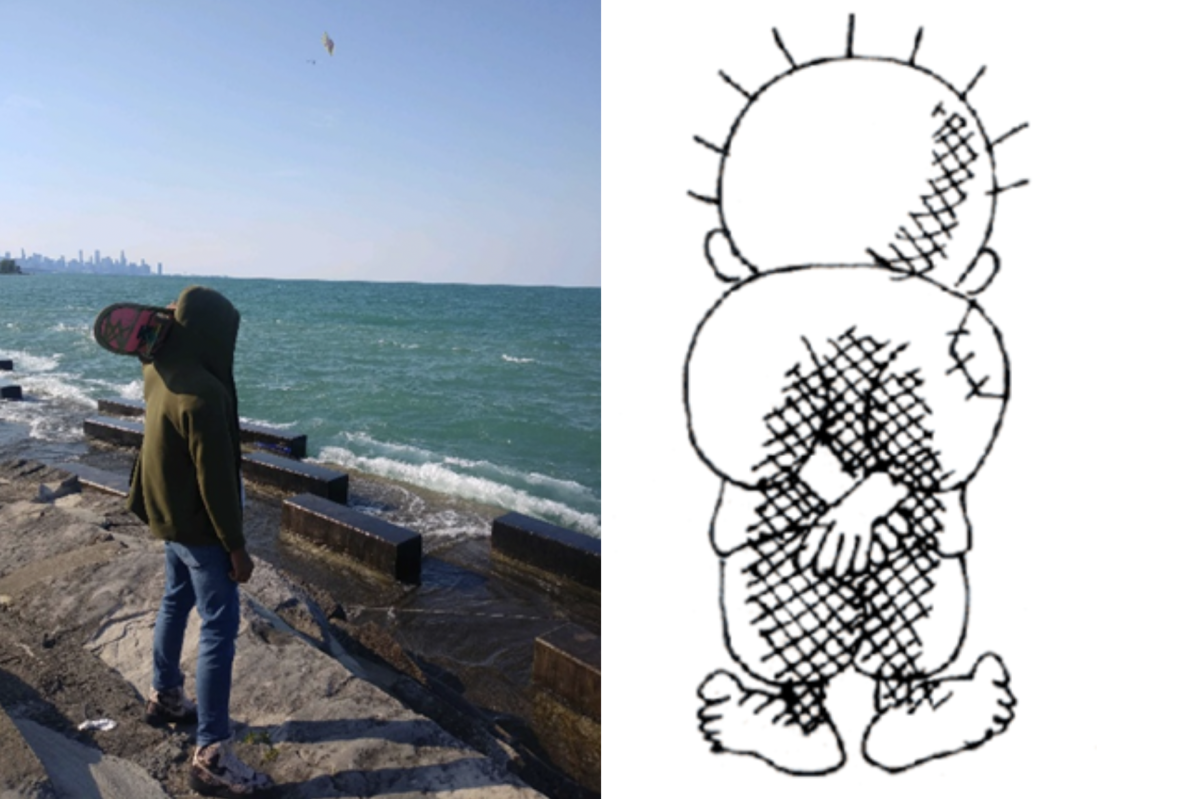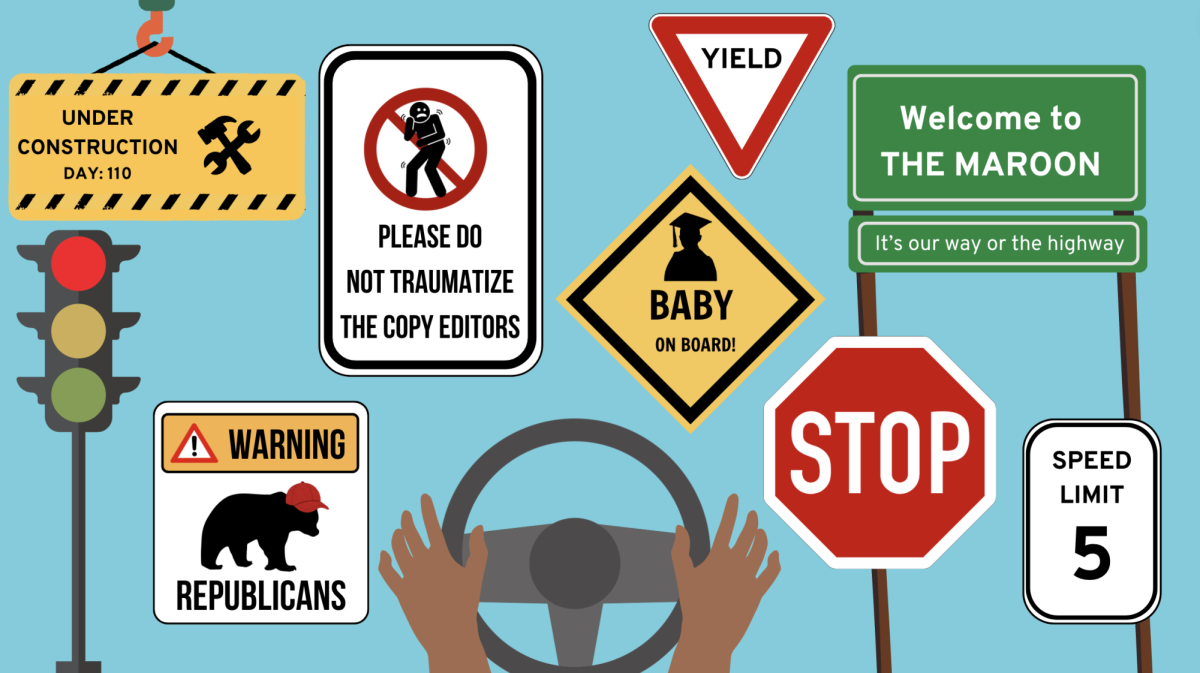In the January 23 issue of the Maroon, the following sentence appears in Alec Brandon’s article “Blaming Wal-Mart Is Counterproductive”: “While Wal-Mart may be unsightly, it is a boon for America’s poor, providing beneficial competition in areas where savings on essentials is needed the most.”
This could not be further from the truth. Brandon goes on to argue that “when Wal-Mart enters a market, retail prices drop 5–8 percent and that saves consumers $16 billion every year.” It is true that when a new Wal-Mart outlet opens, it employs an active policy of undercutting local retailers at a loss to its own store as well, but this is specifically in order to drive its competition out of business and develop a near-monopoly on consumer goods. As a massive corporation, they have enough capital to burn in order to do this. However, they only retain these low prices for the first year of the outlet’s operation. Two major consumer studies at University of Iowa and Penn State have shown that within five years of opening, average retail prices in a given area are actually 4–8 percent higher than they were before Wal-Mart arrived, because with local competition gone, Wal-Mart can gouge the very poor that Brandon thinks they serve.
The Penn State and Iowa studies also demonstrated that counties in the continental U.S. that suffered the misfortune of having a Wal-Mart built between 1987-1998 experienced both higher poverty rates and higher increases in their poverty rate than counties that did not build a Wal-Mart—this during the longest period of economic growth in recent history. In the state of Iowa, over 7,000 local businesses closed during this period. Local businesses spend an average of 53 percent of their profits in their immediate community; Wal-Mart spends 14 percent. The absence of local businesses, along with the closing of original Wal-Mart outlets in favor of massive super centers that are built in single counties forces the poor who once relied on a local grocery store to instead drive 40 minutes, burn gas and time, and pay 4-8 percent more for their groceries than they used to—hardly a “boon.”
Discussing health care, Brandon argues that Wal-Mart is “not even that bad of an offender. Its employees rely on Medicaid and child health care support less than those of the rest of retail.” Again, government and university studies show that Wal-Mart employees top Medicaid and Medicare lists of employed individuals in over half of the fifty states, including Maryland. Wal-Mart’s complete employee package lacks basic health care, and the salary is more than $1,000 under the national poverty line for a family of three per year. Competitor Costco, which has expanded at nearly the same rate as Wal-Mart in the past decade, pays a living wage and health benefits and often retails the same items at a lower price. Wal-Mart is not going to be forced to raise prices by the new Maryland law, but surely they will. After all, they have America’s poor in a stranglehold, and they’re always happy to tighten their grip.







